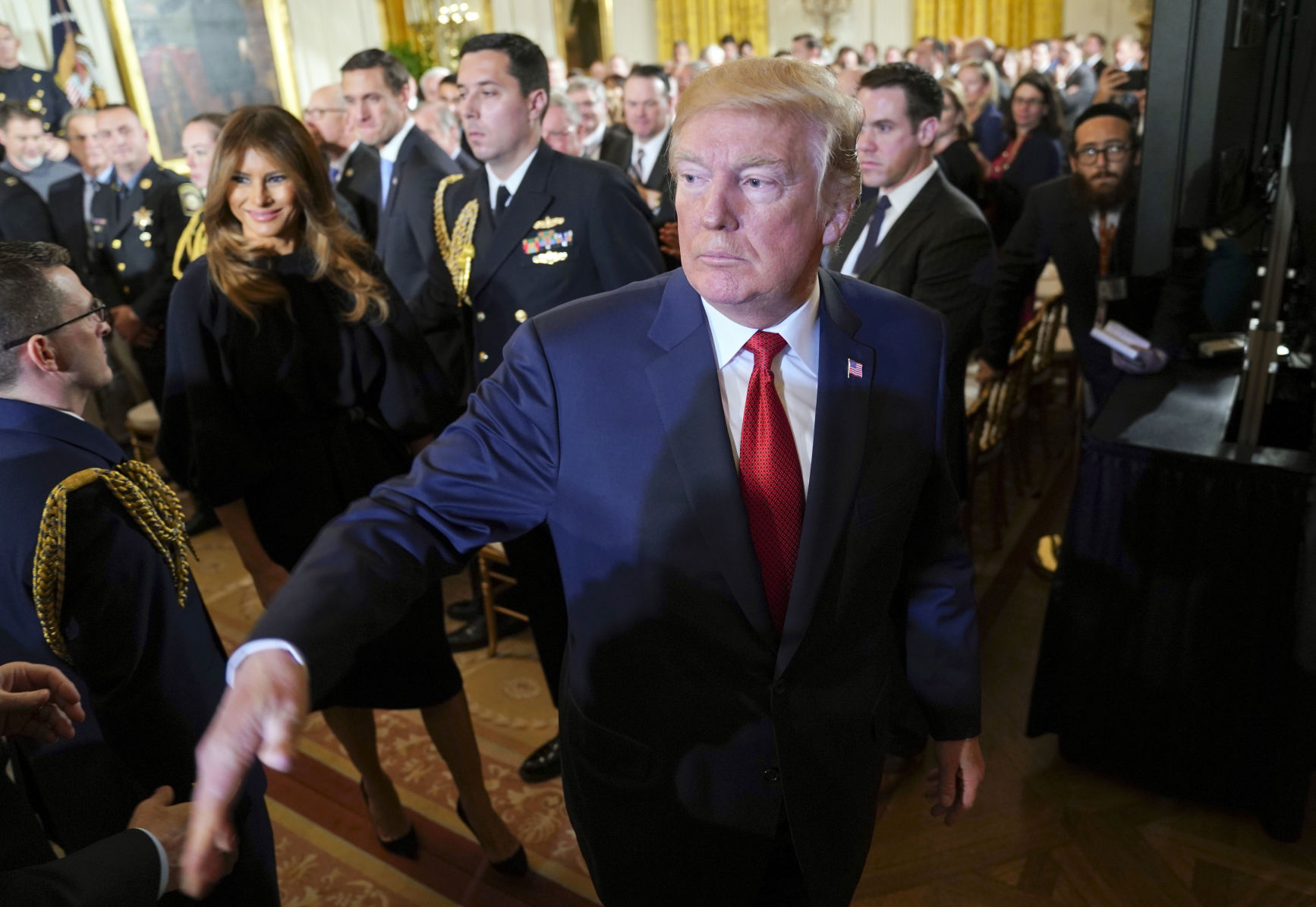President Donald Trump is promising a “massive advertising campaign” as part of his administration’s response to the worst drug crisis in U.S. history, but past marketing efforts have shown few results and experts say other measures could be far more
President Donald Trump is promising a “massive advertising campaign” as part of his administration’s response to the worst drug crisis in U.S. history, but past marketing efforts have shown few results and experts say other measures could be far more effective in curbing the current epidemic.
Trump declared the country’s opioid overdoses a public health emergency on Thursday and laid out steps to combat addiction and abuse with heroin and prescription painkillers, drugs that kill nearly 100 Americans daily.
Trump placed particular focus on advertising to discourage young people from trying drugs, saying, “They will see the devastation and the ruination it causes.”
“I think that’s going to end up being our most important thing,” Trump said in a speech from the White House. “Really tough, really big, really great advertising, so we get to people before they start.”
Yet government and academic assessments of “Just Say No”-style messages have repeatedly shown poor results.
Between 1998 and 2004 the U.S. government spent nearly $1 billion on a national campaign designed to discourage use of illegal drugs among young people, particularly marijuana.
A 2008 follow-up study funded by the National Institutes of Health found the campaign “had no favorable effects on youths’ behavior” and may have actually prompted some to experiment with drugs, an unintended “boomerang” effect.
More recently, anti-drug campaigns have shifted their focus, appealing to teenagers’ desire for independence and self-control rather than drug fears. A 2011 study of the government’s “Above the Influence” campaign suggested eighth-graders who had seen the campaign were slightly less likely to have tried marijuana than those who had not.
Other drug prevention campaigns from the 1980s and 1990s have also fared poorly under scientific review.
A 2009 review of 20 studies of school-based D.A.R.E. programs showed students who underwent training were about as likely to try drugs as those who didn’t. The program, founded in the early 1980s, sent local police officers into thousands of U.S. schools to warn about the dangers of drug use.
“The evidence is clear that the D.A.R.E. programs, fear-based advertising, and Just Say No campaigns of the 1980s had no benefits at all,” said Keith Humphreys, a psychiatrist at Stanford University who served as a drug policy adviser under President Barack Obama.
Humphreys pointed to community-based outreach programs as a more effective way to influence high-risk behavior in school children.
A 2014 study of one program, Communities that Care, showed that students enrolled in the program in fifth grade were more likely to abstain from drugs, tobacco and alcohol as 12th-graders.
———
Find AP Fact Checks at http://apne.ws/2kbx8bd


